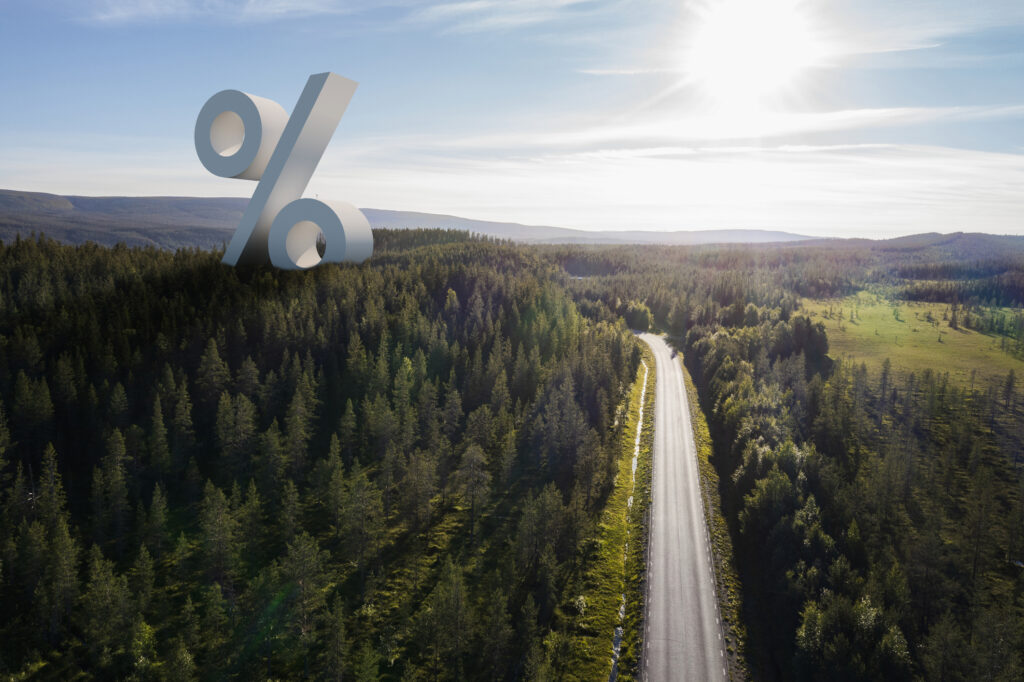On November 9, 2023, the Wilson Center held an event on the topic of “Unpacking China’s Climate Action.” As the title of the event suggests, the panelists walked through some of the progress or slippage China has made in climate action since the signature of the U.S.-China Joint Glasgow Declaration in 2021. Since the U.S.-China climate cooperation stalled for a long time due to rising political tensions, both countries have been independently accelerating their climate action. Thus, the panelists also compared some of China’s progress with the developing trends of climate actions in the United States.
The event was moderated by Jennifer L. Turner, Director of the Wilson Center’s China Environment Forum, with two panelists joining the discussion: Lili Pike, a freelance writer, and Kyle Obermann, an environmental photographer, filmmaker, and writer.
Lili Pike started her presentation by talking about the electric vehicle (EV) industry in China. She argues that the EV industry is an “illuminating space to look at” to understand both the broader trends of China’s domestic climate pathway as well as U.S.-China competition. In terms of the EV industry’s impacts on the U.S.-China competition, she then detailed the case study of a Chinese-owned EV company called “Polestar”. She mentioned that Polestar is truly an exception because it is the only Chinese-owned EV company that is doing business in the United States. Although China has the fastest-growing EV industry in the world, there is currently no other Chinese EV maker in the U.S. automobile market. Pike pointed out that the “punitive policies” imposed by the United States on EV makers from other countries—especially EV makers from China—have left foreign manufacturers with no profit margin in the U.S. market and, therefore, no incentive to enter the U.S. market. By manufacturing its cars in the United States, Polestar is the only Chinese manufacturer that can avoid the punitive tariffs and receive IRA tax credits. Pike also mentioned that companies with Chinese backgrounds, like Polestar, will also downplay their connections with China to enhance their image among consumers. On the one hand, the IRA and the tariff are defending U.S. manufacturers from competition and allowing them to catch up with international standards slowly. On the other hand, Pike argues that excluding the more affordable options from the U.S. market is slowing down the transition to EVs in the United States, bringing negative impacts to the process of decarbonization. Thus, Pike argued that the United States needs to recognize the tradeoffs and balances between industrial and climate objectives. To close, Pike briefly introduced the fast-growing EV industry, battery industry, and recharging infrastructures of China and mentioned that China’s demand for oil would peak faster than expected because of the rapidly developing EV industry.
Kyle Obermann started his speech by showing his self-directed documentary called US-China Journey to Net Zero. In the documentary, he advocated for U.S.-China climate cooperation and believed that the two countries should take the “last chance” to work together to prevent temperature rise. He used the phrase “coordinated and complimenting” to describe the type of U.S.-China collective climate action that he desires as a conclusion of his documentary clip. After completing an extensive list of interviews with climate experts in both countries, Obermann concluded that the United States and China have a strong willingness to cooperate and a profound foundation for cooperation. Both countries have people who speak each other’s language and are working on dealing with climate change. To further prove his point, Obermann gave two examples of bilateral cooperation that are already underway: companies in the United States are trying to export cattle feed growing facilities to China to help China reduce supply chain emissions of the beef industry, and China has been exporting solar panels to the United States. In addition to his expectations on U.S.-China climate action, Obermann talked about China’s expanded use of nature-based solutions to combat climate change by introducing the development of China’s national park system and wildland protection mechanism. He mentioned that China set the “ecological redlines” that protect 31% of ecological space from any human interference, and China also plans to build 49 national parks by 2035. If these plans can be implemented correctly and effectively, these national parks could absorb 240-330 million tons of carbon emissions per year. Towards the end of his presentation, Obermann touched upon the importance of biodiversity, and he argued that instead of blaming animals—such as sheep—for grassland deforestation, people should praise the wild animals for assisting carbon sequestration. Therefore, he pointed out that the establishment of national parks and the protection of biodiversity in those areas are crucial to combating climate change, and China has been working in that direction.
During the Q&A session, the audience first asked the two speakers about the biggest uncertainties facing China in terms of both decarbonization processes and national park development. Pike said that questions remain about when China’s carbon emissions will peak and how high the peak will be. Additionally, due to the spike in global energy prices and extreme weather events, it is unclear whether China will use more coal in the future. In regards to national park development, Obermann said that one of the biggest challenges is to relocate the 650,000 people who currently live in the areas planned for national parks. Simultaneously, there are not enough people who wish to work as rangers or scientists, as younger people are more inclined to live in modern cities. Furthermore, different levels of government need to better balance the needs for ecological preservation and tourism.
When asked about the next steps for national parks, Obermann explained that the purpose of national parks in China is not to increase the total amount of protected wildlands but to manage the different types of wildlands that were previously managed by different government departments in a more efficient way. In other words, China’s national parks will streamline the management structure of its wildlands. When asked about how the IRA and other U.S. tariffs on EVs impact the preferences of Chinese EV consumers, Pike suggested that Chinese consumers were not affected by those restrictions and that China is more welcoming to competition. However, it is uncertain whether China will place more restrictions on EVs from the United States given the barriers that Chinese EV companies themselves have faced in the United States.




